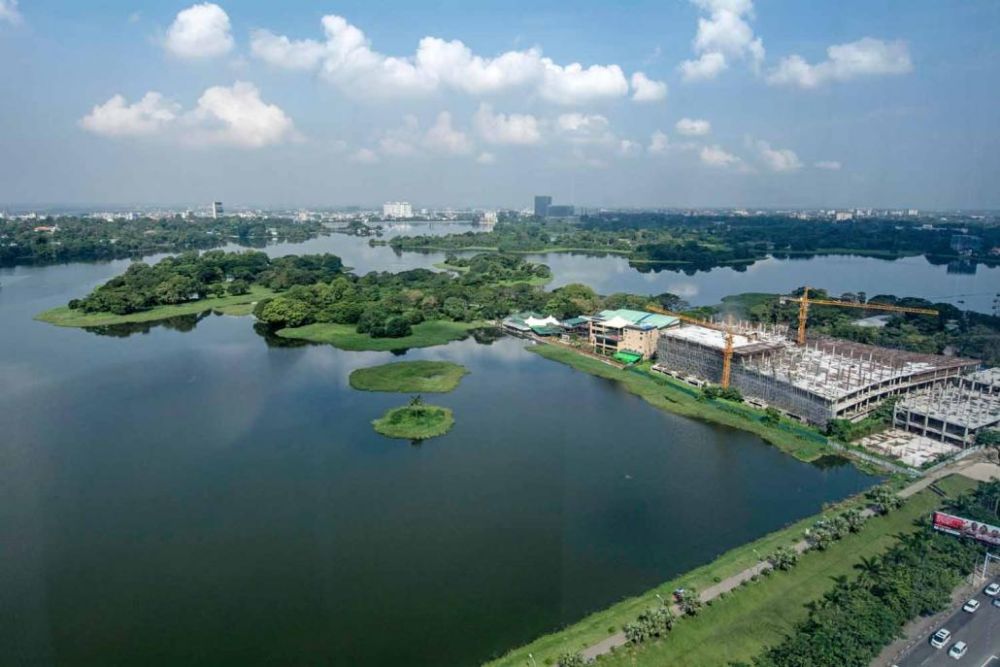

Inya Lake is one of the most serene and picturesque spots in Yangon, Myanmar's largest city and former capital. This artificial lake, which was created by the British as a water reservoir in 1882, has long been a focal point for both locals and tourists seeking tranquility and natural beauty amidst the bustling urban environment.
The history of tourism at Inya Lake is intricately tied to the development of Yangon as a colonial city under British rule. The British administration, recognizing its potential as a recreational area, developed the lake's surroundings with parks and recreational facilities. Shortly after the lake's creation, it became a popular spot for colonial residents and high-ranking officials to relax and escape the intense heat of the city. After Myanmar's independence in 1948, Inya Lake continued to be cherished by the local population and also attracted more tourists looking to explore the more laid-back and authentic side of Yangon.
In the second half of the 20th century, Inya Lake and its surrounding areas developed further as an elite residential zone, often housing embassies, university campuses, and luxury hotels. This made the lake an even more desirable destination for affluent tourists and expatriates living in Yangon.
As tourism in Myanmar opened up in the early 21st century, Inya Lake became a must-visit for travelers. Its charm is not just in the natural beauty but also in the cultural significance, as it reflects the modern history of Myanmar and the fusion of local and colonial influences. The famous politician Aung San Suu Kyi's lakeside residence, where she was under house arrest for several years, is also situated near Inya Lake, adding a contemporary historical attraction for visitors.
With Myanmar's political opening and economic reforms in the 2010s, tourism to Inya Lake saw new trends. The relaxation of visa policies allowed an influx of tourists from around the world. Additionally, the growth of digital marketing on platforms such as Instagram and Facebook brought Inya Lake to the attention of younger, more tech-savvy travelers, who are keen to experience serene landscapes and authentic local lifestyles.
Eco-tourism and sustainable tourism practices have also become increasingly popular. Visitors to Inya Lake are now more interested in walking around the lake, taking part in local activities, and enjoying outdoor experiences that have minimal impact on the environment. The rise of boutique hotels and dining establishments around the lake caters to tourists seeking unique and personalized experiences.
The increasing globalization has introduced a demand for more diverse and international amenities alongside traditional offerings. As a result, the area surrounding Inya Lake now features a blend of local street food stalls and high-end international restaurants, providing an eclectic mix for tourists.
Moreover, with the fitness and well-being trend gaining traction globally, areas around Inya Lake have become popular spots for outdoor yoga sessions, jogging, and cycling, attracting both locals and tourists focused on active lifestyles. The combination of natural beauty, historical significance, and a variety of activities ensures that Inya Lake remains not just part of Yangon's identity but also a central piece in Myanmar's ongoing tourism narrative.